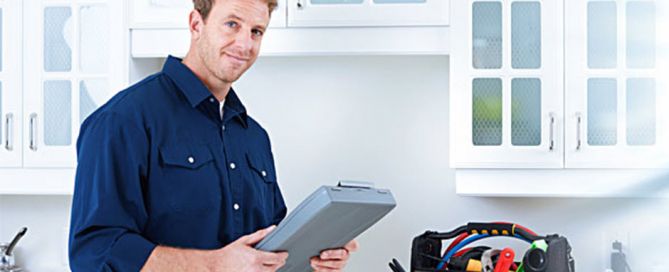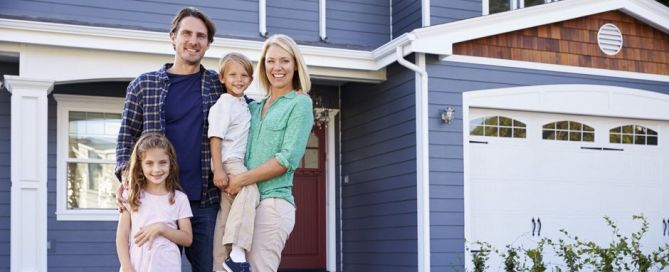FAQ – HOME EFFICIENCY
As soon as you have decided to get started with a home renovation rebate program you can Book A Time for BC Energy Advisor to come to your home for taking measurements, pictures, and data collection. You need to be at home during the 1.5 to 2 hour home energy evaluation, and will need to prepare with items like your property tax number, signed consent form, and the fireplace off. A check list and summary will be emailed in an appointment reminder.
You can reschedule by email with 48-hours, or by phone with 24-hours notice of the time you booked. We will send an email confirmation 2 days before the time, and an SMS text message 1 day before your booked time seeking your confirmation reply. We want to avoid the non-refundable situation where the CEA arrives and there is no one home and no rescheduling message was received.
The CEA needs approximately 2-hours to complete the data collection for the home check-up. One adult must remain at home during the evaluation time and will be asked a few energy related questions about the home. He will start by pictures of the exterior walls, mechanical systems, and attic insulation. Then he measure all the windows and doors and develop a floor plan plus an elevation plan for input into the HOT2000 software back in the office.
Scheduling an EnerGuide Rating service is a step in the process to get your home energy rating for incentives or planning upgrades. It typically starts with buying the Basic EnerGuide Service first, then booking your preferred day and time slot. You will get a confirmation by email, or a request to be grouped by City when our CEA plans to be in your area to see 2 or more homes in one morning or afternoon.






